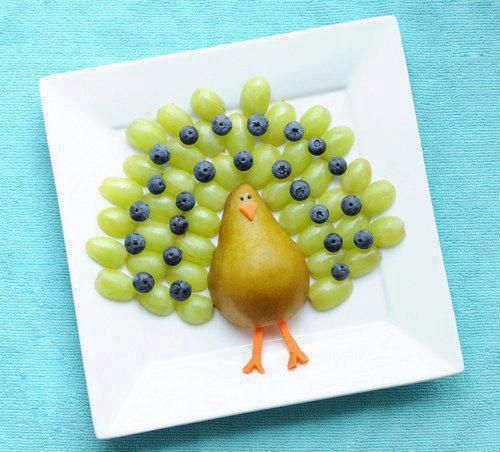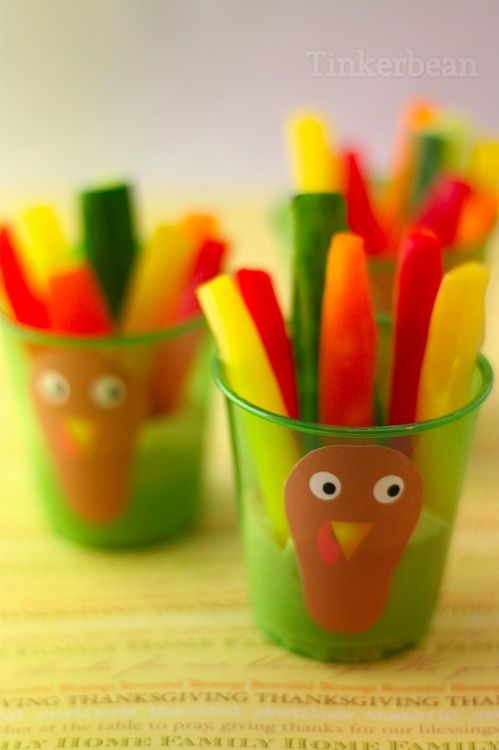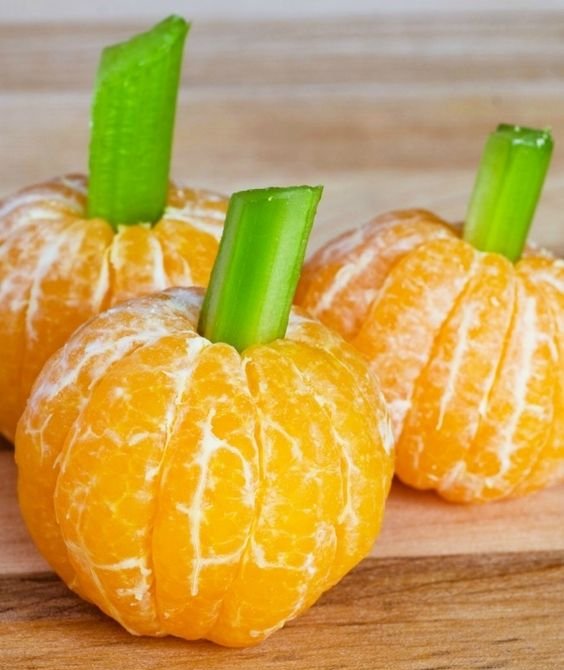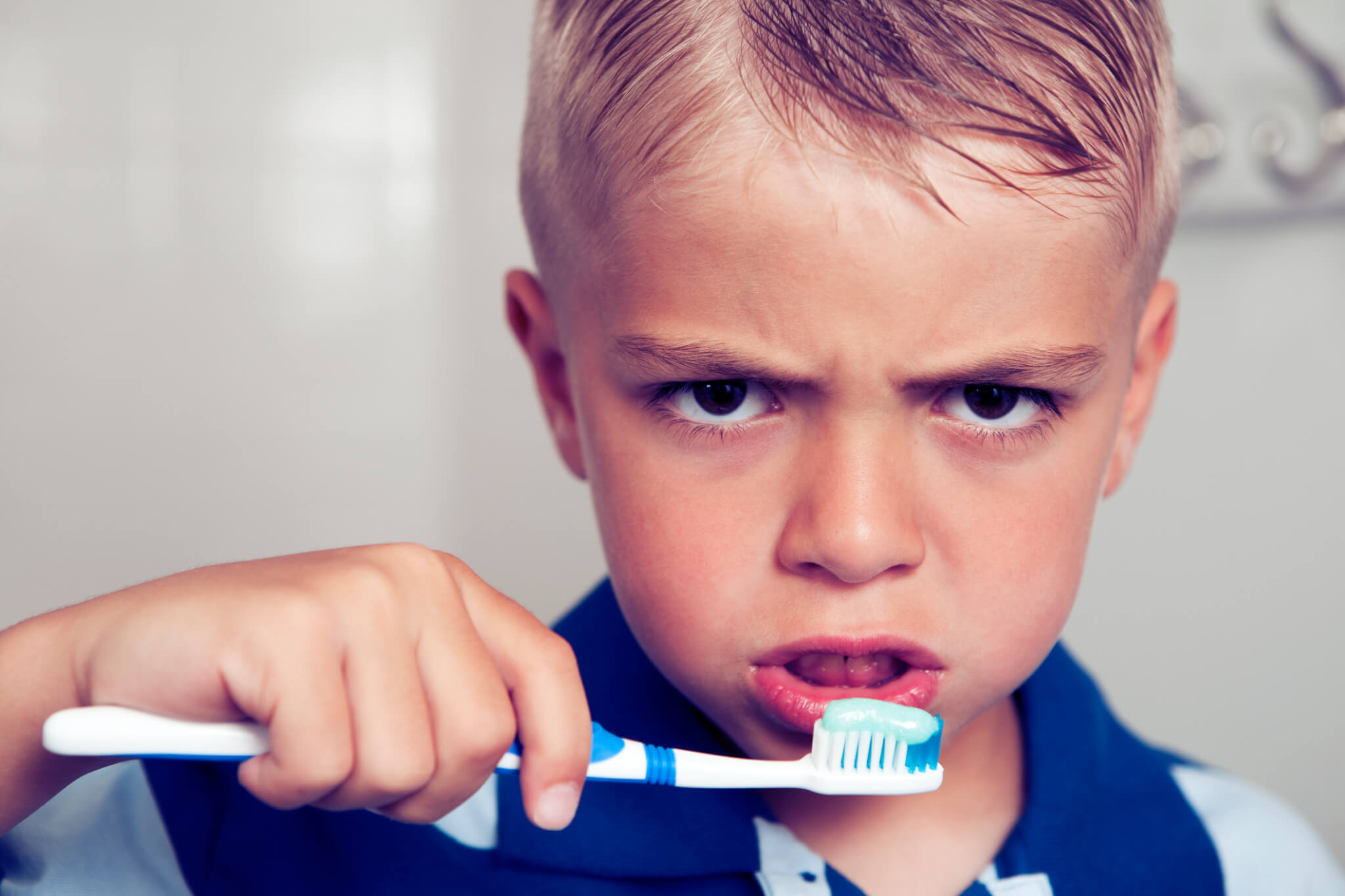
Thanksgiving marks the beginning of the Eating Season, with feasts, leftovers, and of course, desserts! As always, brushing is key protecting your family’s teeth. Make sure to stick to your established brushing routines even though eating patterns maybe different than usual.
But there are also other ways to make your gatherings and meals better for both teeth and overall health. Consider alternative recipes for making old favorites, or starting a new food tradition by serving something entirely different. Here are some options to consider:
Sweet Potatoes
These are a Thanksgiving staple for many families, but traditional preparation often includes up to a cup of brown sugar, plus sticky marshmallow topping. Why not try a different, healthier take this year by roasting instead? Toss your cubed sweet potatoes with olive oil, honey, and cinnamon and bake for 25 minutes at 375 degrees. Honey blends differently with vegetables than processed sweetener, and helps bring out the natural sweetness without coating teeth in sugar.
Cranberry Sauce
You really can’t do Thanksgiving without it, but canned varieties and many traditional recipes contain excessive amounts of — you guessed it — sugar. Not that we dentists don’t love cranberries… research suggests that they inhibit the formation of glucan, the sticky molecular foundation that plaque uses to collect on your teeth. For a healthier alternative, the website WellnessMama.com has a no-refined-sugar recipe that is a tasty way to get your annual cranberry fix.


Fruits & Veggies
These should always be a go-to snack, and holidays are no different! Blogs and social media sites are great sources for creative presentation ideas to get kids engaged with healthier holiday snacking. We’ve shown a few of our recent easy favorites from Pinterest above.
Whatever is on your plate, all of us at Meyer & Johns Dental are thankful to be your dental care home, and wish you a safe, festive Thanksgiving holiday.


